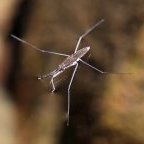Sign in to follow this
Followers
0

What's the best aperture size for photographing flies?
By
djgunter, in Photography Corner

By
djgunter, in Photography Corner